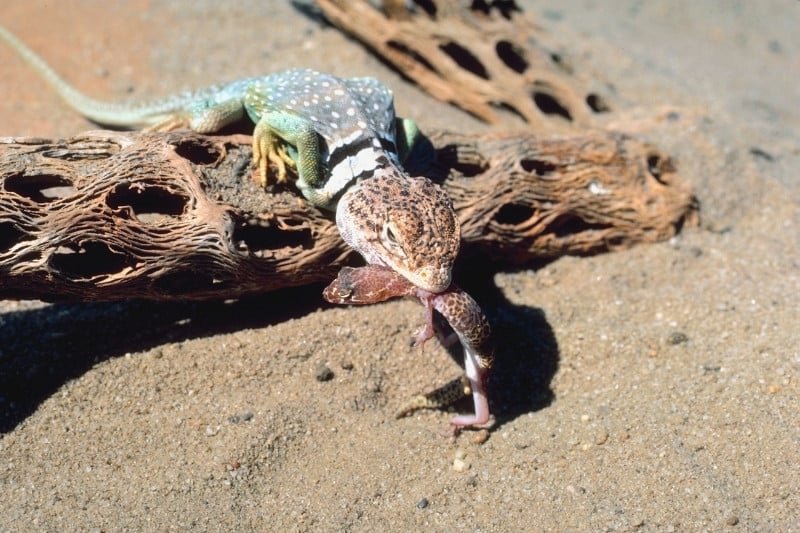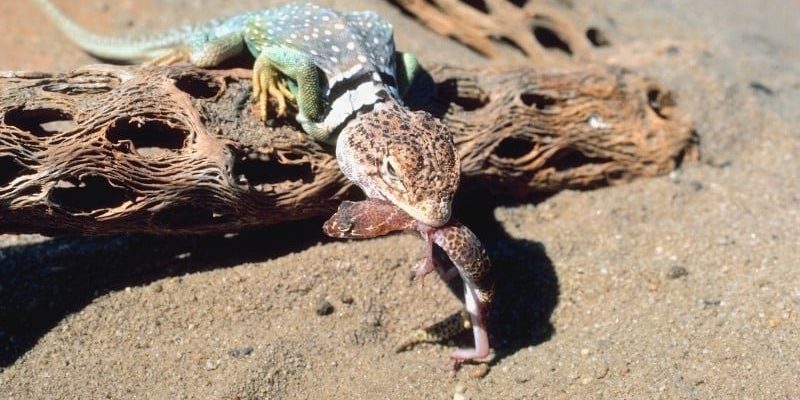
So, what does a lizard feast on, and how does it catch its dinner? Let’s dive into the colorful world of lizard diets and their ways of hunting. I promise it’ll be as interesting as your favorite nature documentary, but with a friendlier touch.
Understanding Lizard Diets
Lizards are incredibly diverse creatures, and so are their diets. Depending on the species, their eating habits can range from insectivorous to herbivorous. Most lizards are opportunistic feeders, meaning they’ll eat whatever food source is available. Here’s the breakdown:
- Insectivorous: Many lizards love munching on insects. Whether it’s grasshoppers, beetles, or crickets, they find these crunchy critters quite tasty. For example, the common anole often hunts down flies and moths, making use of quick reflexes to snag a bite.
- Herbivorous: Some lizards, like iguanas, prefer a plant-based diet. They’ll feast on leaves, fruits, and flowers. This means they often hang around in places with plenty of greenery—think about a salad bar for lizards!
- Omnivorous: Certain species, like the bearded dragon, are true foodies. They enjoy a mix of both plants and animals, giving them a more varied diet. This flexibility helps them adapt to different habitats and food availability.
You might be wondering why lizards have such varied diets. The truth is, their eating habits depend on their environment, what’s available, and their specific needs. For instance, a lizard living in a desert might have a very different diet compared to one in a lush rainforest.
How Lizards Identify Their Food
Lizards have impressive sensory systems that help them locate food. Their sharp eyesight is one of their greatest assets. Many lizards can see a wide range of colors, which helps them spot ripe fruit or camouflaged insects among the leaves.
But it’s not just their eyes that give them an advantage. Their sense of smell plays a key role too. Many lizards use their tongue to pick up scents in the air, which they then transfer to a special organ in their mouths called the Jacobson’s organ. This allows them to taste the air and identify potential food sources.
Here’s an interesting tidbit: when a lizard flicks its tongue, it’s not just being quirky! It’s a practical hunting method to gather information about its surroundings. So, the next time you spot a lizard catching dinner, remember that its taste-testing skills are a big part of the hunt.
The Hunting Techniques of Lizards
When it comes to catching food, lizards have a few tricks up their sleeves. Each species has adapted its hunting techniques based on its physical traits and environment. Let’s look at a few common methods:
- Ambush Hunting: Some lizards, like the green anole, prefer a stealthy approach. They stay still, blending into their surroundings, and wait for unsuspecting insects to come close. When the moment is right, they pounce in a flash!
- Active Hunting: Other lizards, like the leopard gecko, will actively search for food. They dart around, scanning the area, and chase down their prey. This method requires speed and agility, and it often leads to exciting foot chases!
- Foraging: Herbivorous lizards, such as iguanas, often graze instead of hunting. They slowly move through their habitat, munching on leaves and fruit as they go. This method is more about browsing than chasing, allowing them to take their time.
Each technique has its pros and cons. For instance, ambush hunters might catch more prey if they wait patiently, but they can miss out on opportunities if food is scarce. On the other hand, active hunters must be quick and agile to succeed, but they might expend more energy in the process.
The Role of Camouflage in Hunting
Camouflage is a crucial survival tactic for many lizards. By blending into their surroundings, they can hide from both predators and prey. This natural disguise is vital for successful hunting.
Consider the chameleon, a master of disguise. Not only can it change colors to match its environment, but it also uses this skill to ambush insects. When a bug wanders close, the chameleon strikes with lightning speed, thanks to its well-camouflaged body.
This ability to blend in isn’t limited to chameleons. Many lizards, like the horned lizard, have colors and patterns that mimic their habitats, whether it’s sandy deserts or leafy forests. Camouflage allows them to hunt effectively while avoiding becoming someone else’s lunch.
The Importance of Diet in Lizard Health
A lizard’s diet directly impacts its health and longevity. Just like humans need a balanced diet, lizards require the right mix of nutrients to thrive. This includes proteins, vitamins, and minerals.
For insectivorous lizards, eating the right bugs is crucial. Not all insects are created equal! Some provide better nutrition than others. For example, crickets are often considered a great source of protein and are widely used as food for pet lizards. Meanwhile, too many sugary fruits can be harmful for herbivorous lizards.
What about hydration? Lizards also need water to stay healthy. While some get moisture from their food, others might drink water directly. It’s vital for their metabolism and overall health—without it, they can become dehydrated, which can be life-threatening.
Challenges Lizards Face While Hunting
Hunting isn’t always a walk in the park for lizards. They face various challenges in the wild that make finding and catching food difficult.
- Predators: One of the biggest threats is other animals. Birds, snakes, and even larger lizards can pose a danger while they’re on the hunt. Lizards must always be cautious, balancing the need to eat with the need to avoid becoming prey.
- Habitat Loss: As humans continue to expand into natural habitats, lizards lose their homes. This loss can limit their food sources and force them to adapt to new environments, which might not always work out well for them.
- Climate Changes: Changes in weather patterns can impact food availability. For instance, droughts can reduce the number of insects or plants, making it harder for lizards to find something to eat.
Through it all, lizards demonstrate remarkable resilience. They adapt to their surroundings and adjust their hunting techniques based on what’s available. It’s a constant battle for survival, but their tenacity is truly inspiring.
So there you have it! From their varied diets to their crafty hunting techniques, lizards are fascinating creatures of the wild. Whether they’re ambush hunters lying in wait or active seekers darting after insects, they embody the beauty of nature’s diversity. By understanding what they eat and how they hunt, we gain insight into their lives and the ecosystems they thrive in.
Next time you spot a lizard basking in the sun or darting off into the bushes, take a moment to appreciate all the skills and adaptations that help it survive. They’re not just little reptiles; they’re miniature marvels of nature!

